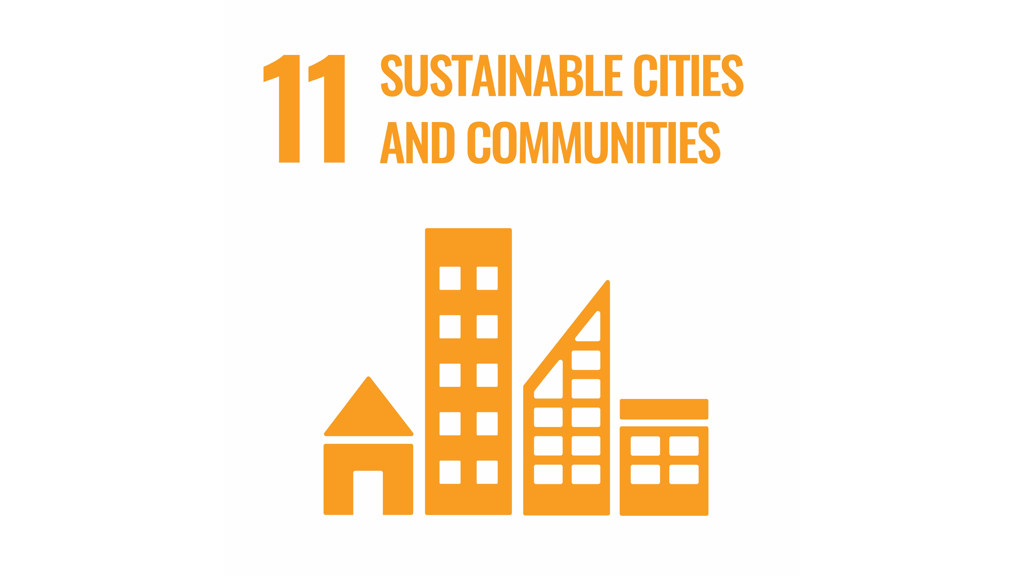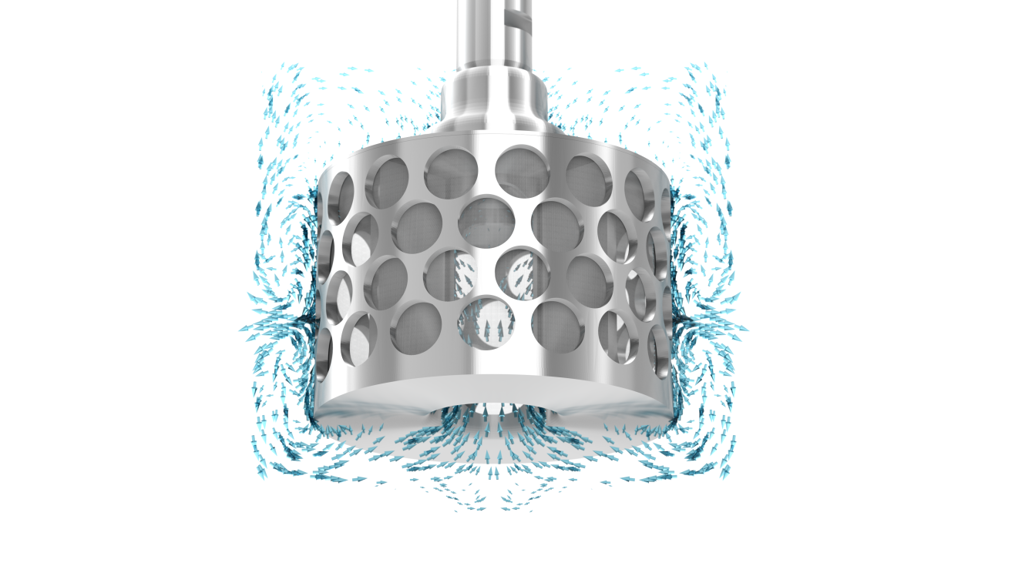Let’s Turn Cities Sustainable
“Make cities and human settlements inclusive, safe, resilient and sustainable”
With the continued increase in the world's population, there is a need to build modern and sustainable cities to accommodate everyone. To thrive and survive, we all need new, intelligent urban planning that creates safe and affordable neighborhoods for all.
The Sustainable Development Goal 11 (SDG 11) by the United Nations focuses on making cities sustainable and safe by encouraging urbanization. The goal is to prepare cities for a sustainable future by reducing their environmental impacts and making urban life healthier and safer. Achieving this goal means overcoming numerous challenges. As this goal, along with other SDG goals, is aimed at being achieved by 2030, it makes it a pressing issue. Various initiatives have been taken to achieve this goal. Circular economy is one of the most intriguing.
Circular Economy for Sustainable Cities
A circular economy addresses the root cause and aims to reduce overconsumption, design-out waste, as well as to restore and regenerate ecosystems and natural capital. As such it is well positioned to promote sub-goal SDG 11.6 whilst simultaneously provides huge potentials for all kind of sectors in our economy.

The transition from a linear to a circular economy requires all stakeholders to work together. By establishing competences in circular design and implementing product reuse and recycling, along with setting trends for innovative circular economy business models, businesses can contribute to the circular economy. Thus, for achieving SDG 11, circular economy can be a great starter.
Efforts by VISTEC
The city of Nan in Thailand accumulates 60–70 tons of waste per day. Despite expenses of 10–15 million Baht each year, the waste has only been accumulating in landfills - at a faster rate than anticipated.
Understanding the unsustainable nature of this, Vidyasirimedhi Institute of Science and Technology (VISTEC), initiated the C-ROS project as an alternative waste management approach using biocatalytic means.
The C-ROS Project
This project is changing the way villages handle their waste. The organic waste is converted into biofuels, fertilizers, and other value-added biochemical products. On top of that, it are the villages themselves who recover the value for the immediate benefit of their own community. A truely great example of a circular economic strategy.
SpinChem’s Contribution: The RBR
For the purpose of deploying immobilized enzymes/biocatalysts, a rotating bed reactor (RBR) can be used. Therefore, SpinChem collaborated with VISTEC and contributed to the C-ROS project with their RBR technology.
A rotating bed reactor (RBR) is designed to prevent disintegration of solid phase particles by retaining them inside a rotating cylinder during the reaction. This minimizes damage to the solid phase even at high speeds, which would normally occur due to mechanical forces when using stirred tank reactors. Due to these characteristics of the RBR, reaction rates can be improved by increasing the speed at which an RBR is rotated, without shortening the lifespan of the solid phase particles. This ensures more efficient recycling of the solid phase particles, making the RBR a cost-efficient alternative to conventional methods for immobilized enzyme biocatalysis. It also simplifies in-line monitoring of the process.

We are glad to see our innovative RBR technology enabling developments towards reaching the SDG 11 of sustainable cities.
Contact us to today to get to know more about the RBR!


